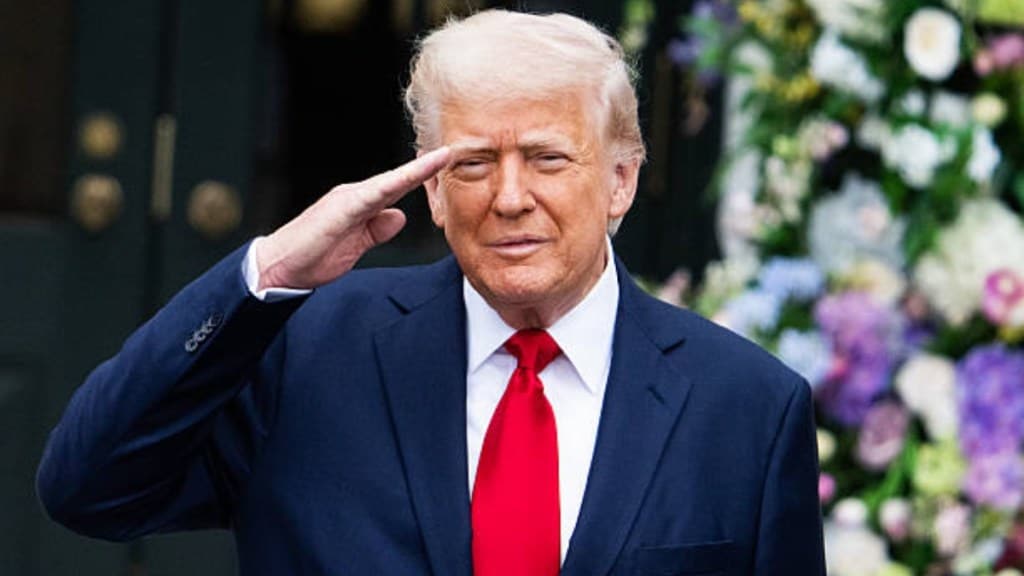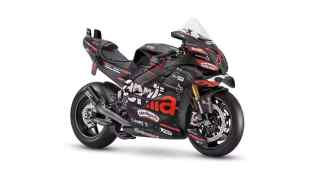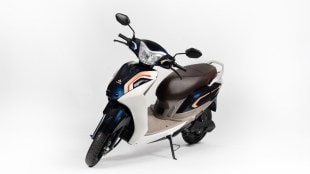The Indian auto component industry is expected to witness a slowdown in revenue growth due to the U.S. trade tariffs. ICRA projects a revenue growth slowdown for this industry to 6-8% in FY2026, down from 8-10%, due to a mid to high single-digit decline in U.S. exports.
The report covers 46 auto ancillaries with FY2024 revenues exceeding Rs 3,00,000 crore, representing 50% of the industry. The tariffs, imposing a 25% duty on key components like engines and transmissions effective May 3, 2025, and on steel and aluminium from March 12, 2025, add Rs 9,000 crore in supply chain costs. Indian exporters may absorb 30-50% of these, leading to an earnings impact of Rs 2,700-4,500 crore, or 3-6% of industry operating profits and 10-15% for exporters.
Auto component industry remains steady
ICRA expects operating margins to dip by 50-100 bps to 10.5-11.5% industry-wide, with exporters facing a 150-250 bps decline. Despite this, ICRA anticipates stable debt metrics and liquidity for most exporters, even with increased working capital needs. Domestic demand, accounting for over 70% of revenues, cushions the impact, with the U.S. contributing only 8% of FY2024 revenues despite a 15% CAGR in exports from FY2020-FY2024.
Shamsher Dewan, Senior Vice President at ICRA, noted that while suppliers aim to pass on costs, the extent depends on their market position and product complexity. Entities with U.S. manufacturing units are insulated, but risks include declining U.S. auto sales and rising Chinese competition in Europe and Asia. A reciprocal 26% Indian tariff on U.S. exports is paused for 90 days, with a 10% duty still applicable. USMCA-exempt products face no tariffs.
ICRA sees a low near-term risk of losing U.S. customers due to high switching costs and long approval cycles. Indian exporters may gain from cost competitiveness against Chinese components over time, with some reporting increased U.S. inquiries. Ongoing trade talks and fluid tariff policies add uncertainty.




















